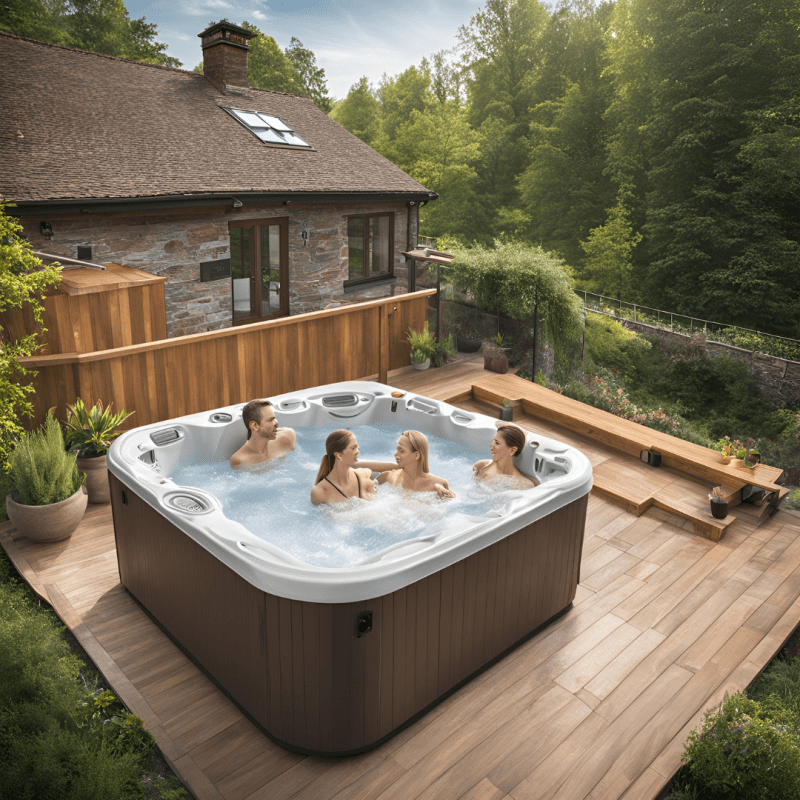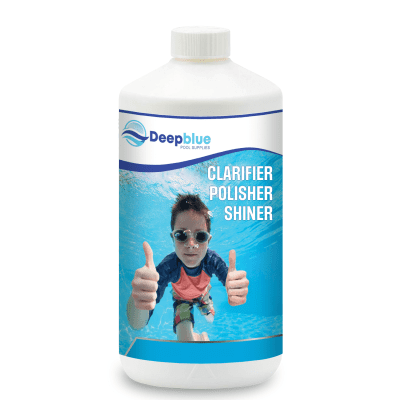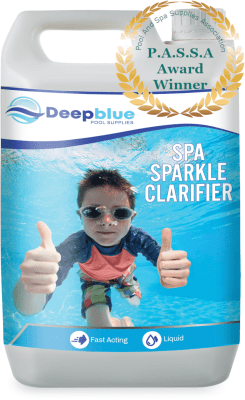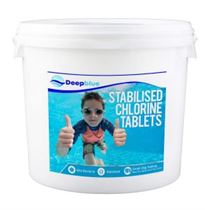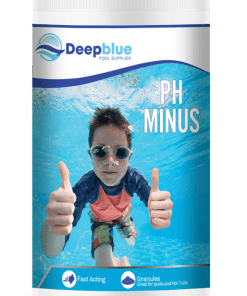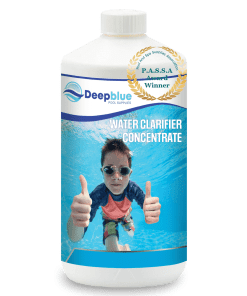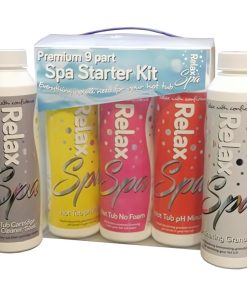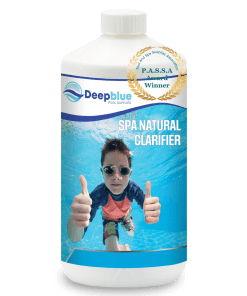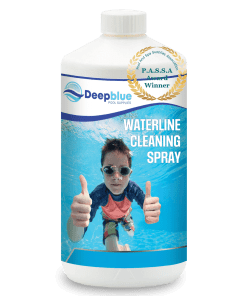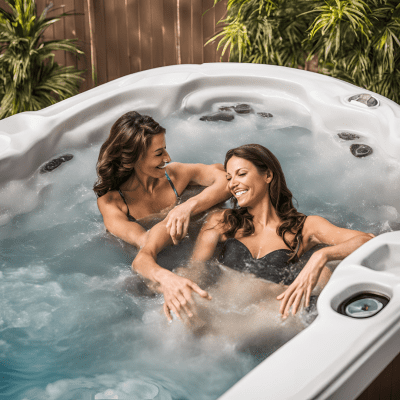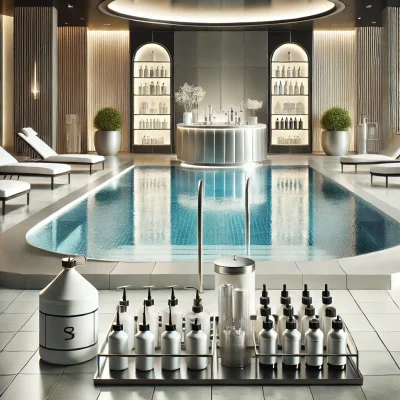Blogpool, Buying Guide, Chemicals, Hottub, Water Testing
Hot Tub Safety: A Comprehensive Guide for UK Owners
Hot tub ownership creates both relaxation and happiness while requiring owners to protect all users from potential harm. Important safety precautions exist to prevent accidents from happening. This guide provides complete information about hot tub water safety and electrical systems and maintenance practices to help UK owners achieve a safe hot tub experience.
Key Safety Measures to Follow
The following basic safety protocols should always be applied regardless of your equipment setup:
A durable well-fitting cover must be used when your hot tub remains unused. The safety feature of this cover both prevents accidents from occurring to young children and protects the hot tub water from entering debris.
Safety features become more secure with lockable lids which are recommended for hot tub owners who need to protect their children or pets. This device controls access to the hot tub by requiring authorization from the user before use.
Safety rules should be displayed when your hot tub receives regular guest usage because they include important guidelines such as “No diving” and “No glass in the hot tub.”
When children use the hot tub there must be a responsible adult present to supervise them at all times.
Water Safety and Temperature Control
The initial priority should be water safety. The relaxing nature of hot tubs exists alongside potential dangers when the water temperature exceeds safety limits.
Hot tub water should be maintained at temperatures ranging from 37°C to 40°C which corresponds to 98°F to 104°F for maximum safety. The water becomes unsafe for use when temperatures surpass 40°C because it causes dizziness and fainting along with heat stroke symptoms. Pregnant women must maintain hot tub temperatures below 38°C (100°F) because higher temperatures could create pregnancy complications.
Examine hot tub water temperature before entering the tub. Hot tub water temperatures tend to fluctuate so you must monitor the temperature while using the tub.
Soaking time should not exceed 15 to 30 minutes for safety reasons. Spending too much time in hot water results in dehydration and blood pressure reduction which may cause dizziness and fainting.
Chemical Safety: Handling Hot Tub Chemicals Responsibly
Water treatment stands as the essential process for maintaining hot tub cleanliness and safety. Skin problems and breathing issues together with chemical burns may result from using chemicals incorrectly for hot tub maintenance.
Protective gloves together with goggles must be worn while working with hot tub chemicals to prevent accidental chemical contact.
The storage location for chemicals should be dry and shaded and free from children and pets. Chemicals must remain in their original containers with their labels still intact.
Follow all guidelines that the manufacturer provides for adding chemicals to your hot tub. Excessive use of chemicals endangers your hot tub equipment and creates dangerous water chemistry problems.
The area should be ventilated when adding chemicals to your hot tub especially when the hot tub is placed indoors or in a closed space to avoid inhaling fumes.
Hot Tub Electrical Safety Requirements for Power Supply
Hot tubs represent a combination of water and electricity which makes electrical safety the most important aspect to consider. An electrical setup malfunction creates the risk of both electrical shock incidents and fire dangers.
It is essential to choose a qualified electrician who will perform the electrical system installation for your hot tub. A GFCI connection provides automatic power interruption when the system detects any problems.
Regularly inspect the electrical wires to identify any signs which may indicate deterioration. You should contact a professional for cord replacement or repair when you detect any damaged cords.
Keep all electrical devices including phones radios and hair dryers at a safe distance from the hot tub to avoid electrocution accidents.Hot tub Safety Measures for Slipping and Falling
Hot tub entry and exit becomes complicated when the hot tub area remains wet. People should take precautions because hot tub-related slips and falls present a common injury risk that can be prevented through proper measures.
A non-slip mat installation around the hot tub area creates safety by preventing water slip incidents when users exit the tub.
Hot tub facilities benefit from handrails or grab bars installed close to entry points to give support for users who require it.
The area surrounding your hot tub needs proper lighting when you use it at night because it prevents accidents from happening. Solar-powered pathway lights serve both purposes of creating ambiance and maintaining safety.
Alcohol use causes impairment of judgment along with coordination and balance so users become more susceptible to slipping and falling. Guests should take their drinks outside the hot tub period after finishing their soak.
Hot Tub Safety for Children
Young children require special precautions around hot tubs because these tubs present potential dangers.
Hot tub usage remains restricted to children who are at least five years old. Children have limited ability to manage temperature changes so hot water rapidly causes their body temperature to rise.
Children under hot tub supervision need constant parental attention at all times. Children should never remain alone in the hot tub environment regardless of the duration.
Older children who use the hot tub should keep their soak time between 5 to 10 minutes to stay safe from overheating.
The hot tub water level must match your child’s height to provide safety. Hot tub water should never reach higher than your child’s chest when they sit down.
Hot tubs do not function as pools and diving or jumping into them creates unsafe conditions. Children need to understand this rule in a clear and direct manner.
Regular water maintenance serves dual purposes of providing comfort and ensuring safety for users.
Hot tub water needs regular testing because unsafe conditions can develop when the water chemistry remains unbalanced. The presence of dangerous bacteria such as Legionella becomes possible when water remains unbalanced leading to severe illnesses.
Use a test strip or liquid test kit to check your hot tub water twice weekly for testing purposes. You need to maintain appropriate pH values between 7.2-7.6 as well as sanitizer measurements between 3-5 ppm for chlorine and 3-5 ppm for bromine and total alkalinity between 80-120 ppm.
Regular hot tub drainage followed by refill procedures should be performed every 3-4 months to maintain fresh and balanced water conditions. During the drainage process make sure to clean all shell components along with filters and jets to eliminate any accumulated substances.
A hot tub needs shock treatment with chlorine or non-chlorine shock oxidizers once every 1-2 weeks when used often to destroy contaminants that standard sanitizers do not detect.
Emergency Preparedness
Hot tub safety requires preparation for unexpected situations to be complete.
A first aid kit should be positioned in an accessible location to treat small injuries such as cuts and scrapes. The kit needs bandages together with antiseptic wipes and burn ointment for emergency needs.
Hot tub overheating symptoms include dizziness alongside nausea and excessive sweating. The person should exit immediately before drinking water and moving to a shaded area for cooling down.
Everyone should learn the emergency procedure to shut off the hot tub electrical power. When someone gets an electric shock they should immediately turn off the power supply then contact emergency services for assistance.
Summary
Hot tub safety measures outlined here create conditions that protect users while enabling them to enjoy their hot tub experiences. Hot tub safety becomes the top priority when you relax with family or friends because it protects you from accidents and injuries. The correct safety measures will transform your hot tub into a luxurious retreat that will last throughout many years. Our website and The Pool Cleaners’ support team offer advice about chemicals and tools you might require
Some products you might be interested in:

